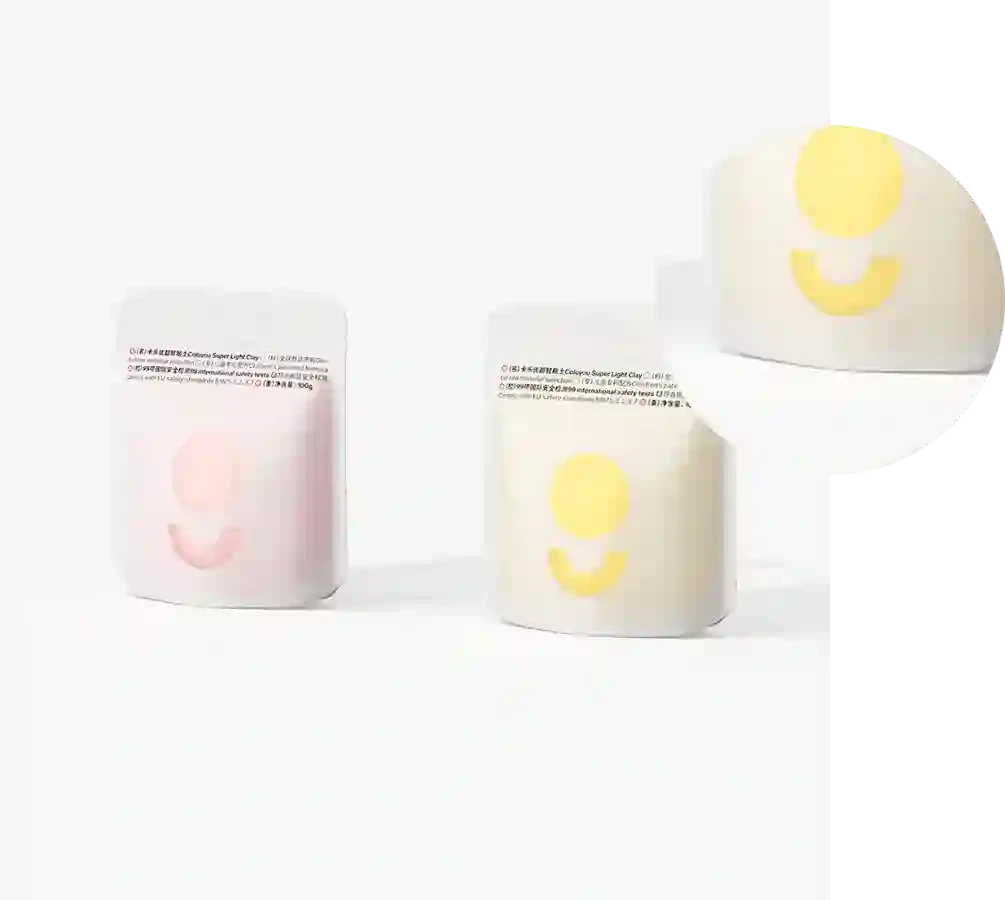- Afrikaans
- Albanian
- Amharic
- Arabic
- Armenian
- Azerbaijani
- Basque
- Belarusian
- Bengali
- Bosnian
- Bulgarian
- Catalan
- Cebuano
- chinese_simplified
- chinese_traditional
- Corsican
- Croatian
- Czech
- Danish
- Dutch
- English
- Esperanto
- Estonian
- Finnish
- French
- Frisian
- Galician
- Georgian
- German
- Greek
- Gujarati
- haitian_creole
- hausa
- hawaiian
- Hebrew
- Hindi
- Miao
- Hungarian
- Icelandic
- igbo
- Indonesian
- irish
- Italian
- Japanese
- Javanese
- Kannada
- kazakh
- Khmer
- Rwandese
- Korean
- Kurdish
- Kyrgyz
- Lao
- Latin
- Latvian
- Lithuanian
- Luxembourgish
- Macedonian
- Malgashi
- Malay
- Malayalam
- Maltese
- Maori
- Marathi
- Mongolian
- Myanmar
- Nepali
- Norwegian
- Norwegian
- Occitan
- Pashto
- Persian
- Polish
- Portuguese
- Punjabi
- Romanian
- Russian
- Samoan
- scottish-gaelic
- Serbian
- Sesotho
- Shona
- Sindhi
- Sinhala
- Slovak
- Slovenian
- Somali
- Spanish
- Sundanese
- Swahili
- Swedish
- Tagalog
- Tajik
- Tamil
- Tatar
- Telugu
- Thai
- Turkish
- Turkmen
- Ukrainian
- Urdu
- Uighur
- Uzbek
- Vietnamese
- Welsh
- Bantu
- Yiddish
- Yoruba
- Zulu
Cost Analysis of Polylactic Acid Production and Its Market Trends
The Cost of Polylactic Acid (PLA) A Comprehensive Overview
Polylactic acid (PLA) has become a prominent material in the realm of bioplastics, drawing attention for its biodegradable nature and versatility in various applications, from packaging to 3D printing. As industries globally shift towards sustainability, understanding the cost associated with PLA production becomes imperative for manufacturers and consumers alike. This article delves into the factors influencing the cost of PLA, its comparative pricing against traditional plastics, and its implications for the future of sustainable materials.
Understanding the Cost Structure
The cost of polylactic acid is primarily influenced by several factors, including raw material sourcing, production processes, and market demand. PLA is derived from renewable resources such as corn starch or sugarcane, making it an environmentally friendly alternative to petroleum-based plastics. However, the agricultural practices and technologies involved in cultivating these raw materials significantly affect the overall cost.
1. Raw Material Costs The cost of agricultural commodities fluctuates based on a variety of factors, including crop yield, market demand, and environmental conditions. For instance, the price of corn, a primary source for PLA production, can vary yearly, impacting the cost of PLA. As demand for bio-based products grows, there may be upward pressure on these raw materials, leading to increased production costs.
2. Production Technologies The manufacturing process of PLA involves fermentation, polymerization, and other sophisticated chemical engineering operations. Significant advancements have been made in production technology, allowing for more efficient and cost-effective methods. Nevertheless, initial capital outlays for bioreactors and other manufacturing facilities can be substantial, influencing the pricing of PLA in the market.
3. Economies of Scale Like many materials, the cost of PLA can benefit from economies of scale. Production facilities that operate at larger scales often experience reduced per-unit costs. As demand for PLA rises and more manufacturers enter the market, competition may drive prices down, making it more accessible for widespread use.
Comparative Pricing with Traditional Plastics
polylactic acid cost

When compared to traditional plastics, PLA's cost structure presents both advantages and challenges. Conventional plastics like polyethylene and polypropylene are often produced at lower costs due to established supply chains and efficient petroleum extraction processes. However, as crude oil prices fluctuate and environmental policies tighten, the cost advantage of traditional plastics may diminish.
As of recent data, PLA is generally priced higher than its petroleum-based counterparts, but the gap is narrowing. The increasing consumer demand for sustainable products is leading to a greater willingness to pay a premium for biodegradable materials, which in turn drives innovation and investment in PLA production technologies. Over time, this could lead to further reductions in PLA costs, making it a more viable option across a broader range of applications.
Future Implications
The future of PLA pricing will likely be influenced by several key trends. First, advancements in agricultural practices and biotechnology may reduce the cost of raw materials and improve yield efficiency. Furthermore, the global push towards reducing plastic waste and promoting sustainable practices can increase demand for PLA, potentially leading to more economies of scale and further price reductions.
Additionally, government policies and incentives aimed at promoting renewable resources and green technologies are expected to play a crucial role. Support for research and development initiatives in bioplastic technology could stimulate innovation, making PLA an even more competitive option against traditional plastics.
Conclusion
In conclusion, while the cost of polylactic acid remains higher than that of conventional plastics, multiple factors indicate a promising trajectory towards becoming more economically viable. As technologies advance, supply chains diversifying, and global demand for sustainable products continues to rise, PLA stands poised to become increasingly accessible. For industries seeking environmentally friendly solutions, monitoring the cost trends of PLA will be essential in navigating the future of materials and manufacturing.













